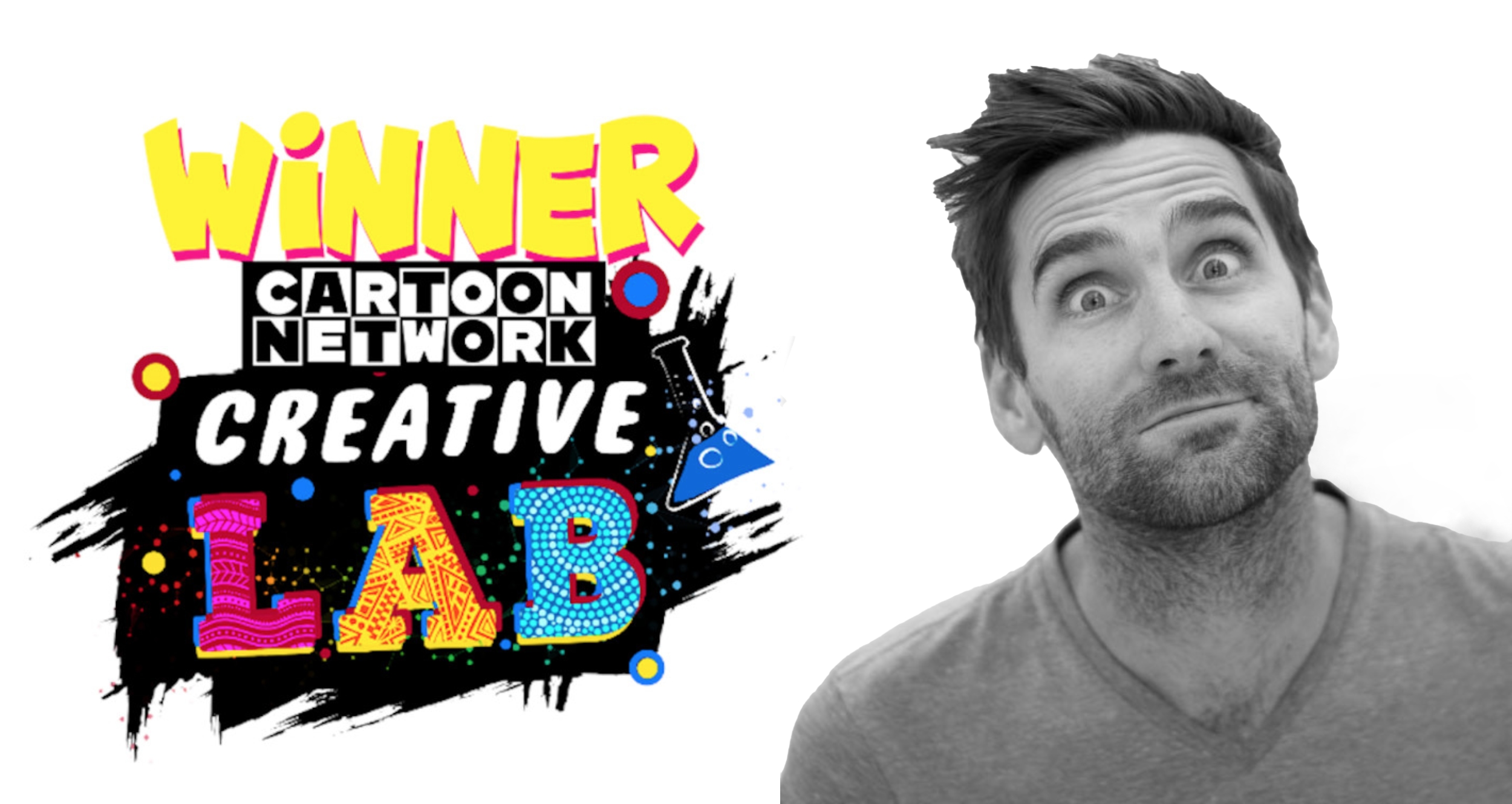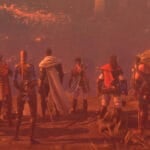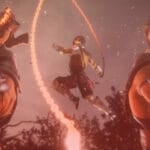UPDATE: Corrected the post to correctly refer to WarnerMedia Africa instead of Turner Africa.
Art and animation can be daunting industries to enter. From sociopolitical issues, through to financing and transport, there are many hurdles aspiring animators have to face. With that said, Cartoon Network Africa and WarnerMedia Africa have teamed up to alleviate the barrier to entry for potential animators who wish to see their work shine on an international scale. Cartoon Network Creative Lab is an initiative aiming to allow individuals to enter their animations and shorts into a competition, where all winners get their ideas optioned and shown on air. The competition ran throughout much of 2018 and winners were chosen in November 2018.
All winners had their ideas optioned and turned into cool masterpieces. Thereafter airing on Cartoon Network in late 2019 all the way through to the beginning of the new decade. 2020 has finally come, and we have had the chance to watch all of the shows! Simply put, CN Creative Lab is one of the best things to happen to the industry!
Three winners had their shows air on live television, but one specifically caught our attention: Intergalactic Ice-cream. The show comes from Punch Monkey Studios founder and industry veteran Andrew Phillips. In his short, viewers follow 13-year-old former cool kid, Mak, and his friends, Sally, Milton and Chicken Leg, whose after-school job delivering for an ice cream parlour launches them into the craziest and dairy-filled adventures this side of the Milky Way! Their customer? A hungry pie hole. However, Lactavia, the dairy queen of the galaxy, is still on the hunt for Mak, Sally and their wacky crew’s ice cream recipe.
Intergalactic Ice-cream was so cool, in fact, that Vamers simply had to know more about the individual who brought it to life. Fortunately, we were afforded the opportunity to do just that and the following interview is the result. Interviewing Andrew Phillips was a blast and, as you will come to see, was quite an eye-opening and thoughtful experience!
As per our Transparency Policy, this interview has been reproduced as accurately as possible. However, grammatical edits have been made in terms of brevity, clarity and style.
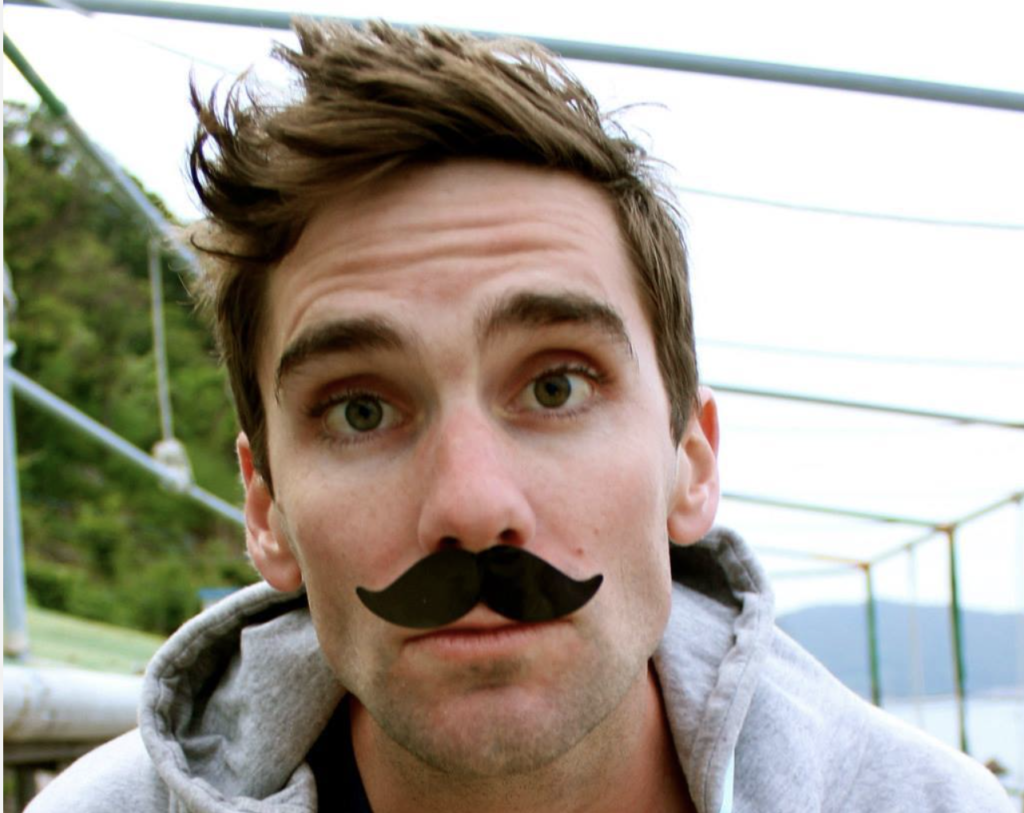
First, we would like to congratulate you on Intergalactic Ice-cream, and nabbing a spot on Cartoon Network Creative Lab is one of the most accessible calls for local talent we have seen, and we cannot wait to see all of the hard work from each winner come to fruition in 2020.
From the synopsis and premise for Intergalactic Ice-cream, it is clear the concept for the short takes the name of the Milky Way literally. What inspired this unique take on our part of the universe?
When I was five years old, my dad pointed out that hazy swathe of light in the night sky. He said it is a galaxy of stars, the home of our planet, and it is called the Milky Way. My only thought was “Mmm… Milky. Our galaxy sounds drinkable and delicious”. I still have that weird habit of taking figurative things literally and literal things figuratively. I know it is stupid, but it makes me chuckle. So if you are asking what made me think of the Milky Way as a substance that can be turned into the best ice cream in the universe, I guess it is a combination of stunted intellectual growth and a level of immaturity that many describe as “frankly, worrying”.
The animation follows Mak and his friends, Sally, Milton, and Chicken Leg. Their adventures are based around deliveries they have to do for an Ice-cream Parlour. Does the parlour act as a hub they return to throughout their adventures, or does it only act as a slingshot at the start of their journey?
Oh, wow, you have really done your research. Yeah, there is an ice cream parlour on Mars that functions as the squad’s headquarters, where they refuel, get mission orders, and occasionally serve ice cream to local customers. And, of course, they all go to an intergalactic middle school. Those two spaces are for offbeat comedy and character development, while the delivery adventures provide the heart-stopping action (and even more gags). I love shows that combine action, comedy, and just the right amount of heart, because “We laugh more when we care”. I think Andrew Stanton once said something to that effect.
With the premise of the animation in mind, I cannot help but think about The Brothers Flub, an animated show that aired from 1999 to 2000. The Brothers Flub followed the antics of two alien brothers, Guapo and Fraz, who worked as couriers. Their antics took them across the galaxy, from planet to planet. While this show was panned by critics, it continues to develop a cult following.
Unlike the aforementioned show, Intergalactic Ice-cream is award winning, which puts it in a league of its own. Hypothetically speaking, if your wonderfully lactose-inspired short were to be picked up as a show, would you consider turning it into a galaxy-spanning adventure similar to The Brothers Flub, or would you like to keep it as a unique and once-off project, and focus on new ventures?
Putting Intergalactic in a league of its own seems pretty generous considering it is only at the pilot stage, while The Brothers Flub was green-lit for series! That is the ultimate win for any TV project in development. Even if it was not a smash hit (I had not heard of it until now), at least they had their shot. I would love to explore the Intergalactic concept beyond the pilot and see this madcap delivery crew go on hundreds of epic and hilarious ice-cream-related space adventures.
Speaking from a purely professional standpoint, do you think being born and raised in Cape Town, South Africa – or South Africa as a whole – has influenced your perspective of the global animation industry?
Sure, definitely. Living and working in South Africa, I often feel like I am viewing the “global animation industry” through a telescope. Not just because we are geographically far removed, but we are also still catching up… or maybe we are sneaking up! After years of watching from afar, learning from “first world” triumphs and mistakes, all the while honing our craft, it would be cool for South African animation to suddenly explode onto the world stage. And, thanks to some stalwart legends of the local industry forging a path over the last 20 years, that moment cannot be far off.
Do you think projects like Supa Strikas, or perhaps your very own Punch Squad, would look and/or feel different if you were not South African?
Whoa, that is kind of an existential question. I mean everything I write is some kind of synthesis of my experiences, relationships and beliefs. Even when I am writing a script for someone else’s crazy kids’ show, and it is all action and silly gags, I still have to find a way into the story that is somehow true to my understanding of reality. And that understanding is inherently shaped by my experiences growing up as the only English-speaking kid in various small Afrikaans towns in the Western Cape. So, yah, if I was born and raised in New York or New Delhi, I think my creative contributions to shows would look/feel very different, because I would be a fundamentally different person (Sorry if that got a little deep, heh heh. But you took it there)!
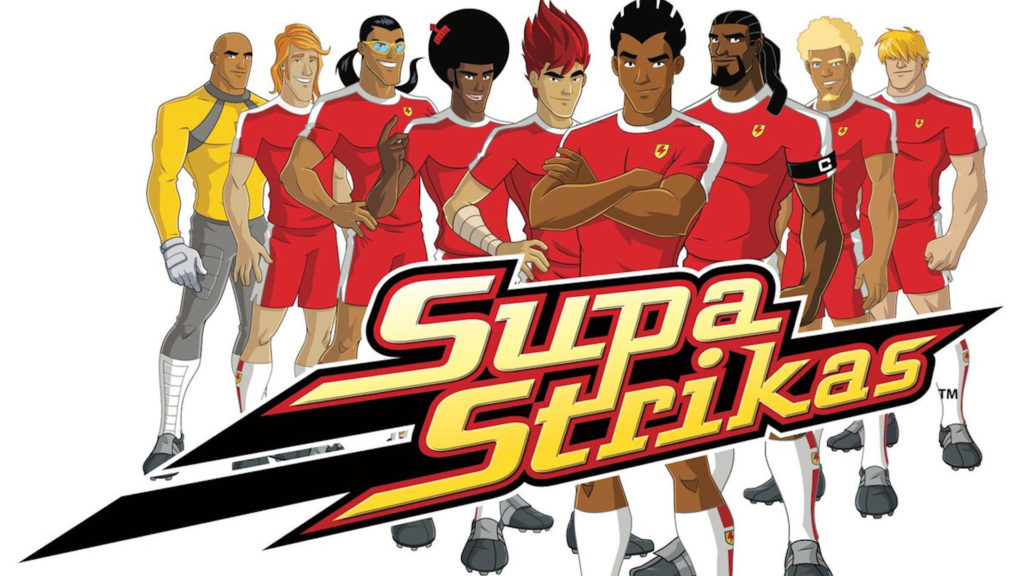
In terms of thought processes, are there any major differences when working on something like the locally produced Supa Strikas, versus developing content for international audiences, like Punch Squad?
That is an interesting angle. I do not think I have ever worked on a show that was strictly for a local audience. Supa Strikas is broadcast on Disney XD and Cartoon Network in over 140 countries, and if “Punch Squad” ever goes to series we would love to enjoy similar success. I guess what I am saying is that even if a show is made in South Africa with a local sensibility, the cost of producing animation demands that we also think in terms of an international audience. Fortunately for us, shows like Supa Strikas and Munki and Trunk have already proved that South African shows can have global appeal.
In 2017, the studio you co-founded with Howard James Fyvie, Punch Monkey, received international recognition. I am sure you were ecstatic when your show, Punch Squad, was optioned by Turner Asia.
From pitching Cloud Life at DISCOP Joburg 2016, grabbing Turner EMEA’s attention, and then finally sitting down with Silas hickey of Turner APAC — what did this experience teach you about the industry, and the various big companies that ultimately keep the ball rolling for animators and writers such as yourself?
Wow, it is crazy that it has only been three years. Howard and I are still industry noobs, but back in 2016 we were SUPER noobs. We had no idea what we were doing when it came to the professional stuff, but we had characters we loved and a bunch of stories that made us laugh like idiots. Our blind confidence allowed us to get meetings in Annecy, and then we just kinda rolled with the punches, failing and adapting on the go.
Silas was actually our very first pitch meeting, and we did everything wrong. We did not know you are supposed to keep the friendly banter fairly short and then get to the pitch – that is what the exec is there for. Do not waste their time. The whole thing is supposed to be over in 15-20 minutes. Well, we spent an hour just shooting the breeze with Silas, making jokes and asking him to buy us beers. Eventually, he checked his watched, raised an eyebrow, and asked “So do you boys actually have anything to pitch? I’ve got another meeting in five minutes”. We were like, “Oh! Yes, um… the pitch”! We rushed through a breathless summary of the idea and pushed our mini bible in his general direction. He flicked through it and was like, “Hmm… not bad. I think you guys have a show in you”.
And that was it. Lots of stuff happened after that – all sorts of due process, contracts, negotiations, and tons of development work, but it all started with that human connection: we made Silas laugh and he saw something in us and our pitch bible that could potentially evolve into a Cartoon Network show. I guess what we have learnt is that even global entertainment juggernauts are looking for that bit of magic that connects, surprises and entertains us. They need to find people who can tell compelling stories that connect with a world of human minds and hearts (… and align with strategic profit goals, corporate identity, etc.). So before I win the support of an entertainment giant, or get my idea to connect with a global audience, I need to make sure I am connecting with the person I am pitching to; because even my best idea will not go far unless I make a convincing impression as a creator who can actually deliver on the promise of the pitch.
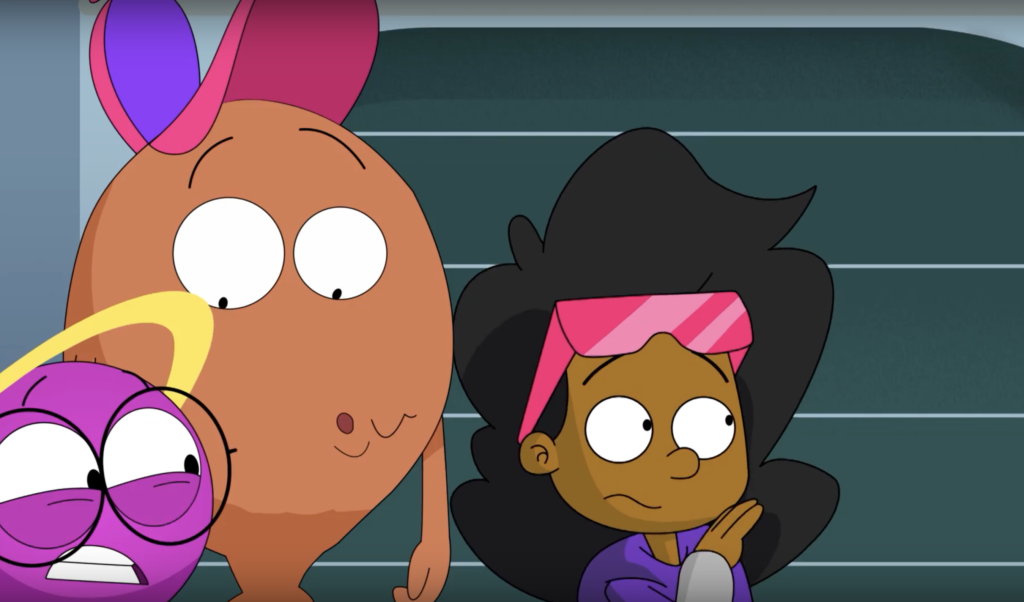
Returning to the topic of the local industry and Africa’s very own Cartoon Network Africa Creative Lab. Can you tell us how arduous the process of constant pitches and competitions can be, and how best to push through it?
I used to dread it, but after forcing myself to do it a lot, I have learnt to enjoy the pitching process. I get a little adrenaline kick every time I put an idea out there and try to show someone why I believe in it. Yes, the process is arduous. It is a long, long road with lots of potholes and constant construction underway. But, to be honest, I wouldn’t want a superhighway from my brain to the screen. That show would be nearly 100% pure garbage. I need speed limits, roadblocks, and stop signs – I even need traffic jams – they all force me to slow down and see the project through someone else’s eyeballs. If you are willing to listen, pitching can [be] part of a show’s early development, and I have often received constructive feedback from judges and execs that helped make the concept stronger.
And another thing: if you want to make a TV show, but you hate public speaking or trying to “sell” an idea, it might be helpful to ditch the notion of “pushing through it”. You will never get through it. There is no other side. Animation is a team sport, so you will always have to pitch your ideas to other people – whether that is your director, your board artists, or the execs who produce the whole thing. And even if you have a massively successful show, you will still have to pitch ideas for the next season if you want to keep it in production, or start putting together a pitch for your next project. It never ends! For creators who want to operate within the system, life is a pitch, so you may as well get good at it.
Alternatively, if you really really hate pitching, which can be pretty soul-destroying if that first lucky break just never comes, you can always say “to hell with the system!” and simply make the stuff you love, hoping you eventually find an audience willing to pay for it. Or do it for free because – hey – you are doing what you love. Or you can let your viewers’ appetite shape what you create, which is more direct than adapting your pitch to suit the demands of big studios (who ultimately want the same thing – to give people the kind of quality entertainment they are willing to pay for). Anyway, I do not know much, but I know it has never been easier to make animation, and the options for distribution have never been so diverse. So if you have got a rock-hard backbone and a taste for adventure, you can stick it to the corporate system, bypass pitching altogether, and try launching your show as an independent creator.
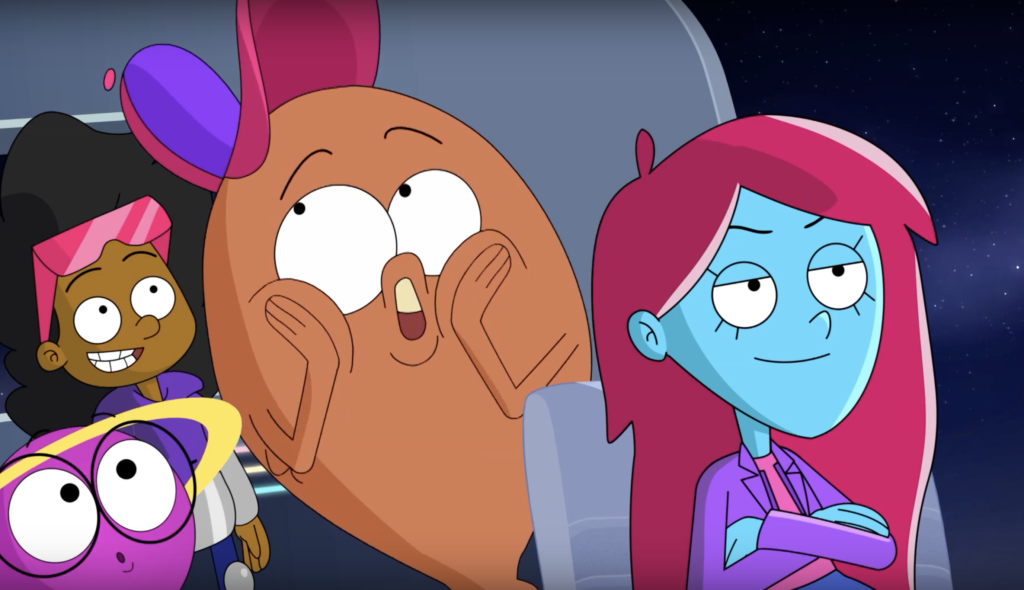
Can hopefuls who wish to enter the industry expect the same process locally and internationally, and how accessible is it really to enter international competitions?
I have not entered a lot of international competitions. Some of them are amazing (I once got flown to Seoul and put up in a five star hotel just so I could do a 20-minute pitch), while others have obstacles for international entrants – like paying your own travel expenses, or conditions like “all entrants must have the legal right to work in the United States”, etc. But at least everything is online, so you do not have to courier a demo tape, or fly to LA just for an interview like in the 90s!
What are the major differences between working with African animation studios versus those situated abroad?
Besides a couple of scripts for Sunrise Productions, I have only really worked with two animation studios – Animasia, based in Kuala Lumpur, and Mind’s Eye Creative in Johannesburg. They are both world-class studios who deliver mind-blowing animation and I love working with them. I cannot think of any significant differences in workflow, but I imagine if I lived in either Kuala Lumpur or Johannesburg, and could go into the studio every day, that might make a huge difference in terms of the clear and efficient communication of ideas, which I have found to be one of the major challenges for long-distance creative collaboration.
Cartoon Network and WarnerMedia Africa are part of massive global entities. How has it been working with these companies and getting your work out to thousands of African children?
It is weird to think of them like that, because day-to-day you are just working with a small team of cool people. You easily forget they are part of this huge global corporation. It is like shaking hands with someone who is surprisingly strong (maybe a bodybuilder in a trench coat?) – her hand looks normal-sized, but when you lock in for the shake, you get the sense there is some powerful bicep leverage up her sleeve. I just hope they do not crush my delicate writer’s hand. I have sensitive joints. But without that muscular arm with its marketing budget and distribution network, we would not get nearly as many kids to see what we made. And that would be a shame.
Besides Intergalactic Ice-cream, what else is in the pipeline for both Punch Monkey Studios and yourself as an animation writer and producer?
With some KZN Film Commission funding, my buddy Warwick Kay and I are developing a series project about Durban lifeguards in training called “The Golden Mile” – it is like Baywatch meets Bojack Horseman, but for kids. There is a preschool concept called “Square Bear & Box Fox” in early development with Wayne Thornley and the NFVF. And then there is that project formerly known as “Cloud Life/Punch Squad”, which has just been optioned for another year of development with Turner APAC. Howard and I have been working on that idea since late 2015. It has come a long way and the pilot animatic is pretty close to our ideal version of the show. We are pumped to give it one last push to see if it’ll fly.
What can South African kids expect to see from you in 2020, and will you be featuring internationally? If so, where can our international readers find your work?
Ah, man, there is nothing I am more excited about than Supa Strikas season 7, kicking off later this year. I was lucky to be part of an incredible team that worked crazy hard on these new episodes. We are really proud of how they came out, and I cannot wait for people to see them. I might be wrong on this, but I think they will be out on Cartoon Network across Africa, and on various other channels throughout the world. If it is not on TV in your country, catch it on Youtube.
Before ending the interview, I would like to ask you a few quick-fire questions. You are human, after all, and I am certain our readers would like to learn a little more about what makes South African animation professionals, like yourself, tick.
What is your favourite local animation, whether it be a short, a full-length feature, or a show?
Mike Scott’s Moosebox. More of that please!
Which animation studios do you follow online?
I guess I look up a lot of studios just to see what they are up to, but that kind of deep dive stalking usually starts with a random browse on Cartoon Brew.
As a child, what productions (whether animated or not) inspired you to be in the line of work you are in today?
I was raised on Tom and Jerry and the Warner cartoons (especially Bugs Bunny). I loved Duck Tales, and I was obsessed with The Simpsons. But I cannot say they inspired me to be in this line of work. I never imagined this could be a real job until I stumbled into it a few years ago.
What is your favourite colour?
I kinda like them all. Each one is beautiful in its own unique way. Except orange. Yeah, you heard me, Orange, you suck. Somewhere over the rainbow? Ha! This rainbow is over YOU! You are off the team. So gather up your carrots, your traffic cones, your prison jumpsuits, wipe that stupid grin off your pumpkin face, and get out of here! GO. You make me sick. <Orange sadly starts leaving the room> Whoa, whoa, easy there peach cheeks, why are you taking that cute little clown fish? He can stay. And leave that sunset alone. And, hey, do not take all the explosions! C’mon, we cannot make cartoons without numerous fiery explosions. Okay, look, maybe I was a little harsh before – all that stuff I said about you “sucking” and being “off the team”. I guess I get carried away sometimes, and… I am sorry. Please stay. <Orange turns slowly with eyes glistening and a wry smile that says “heck, I can’t stay mad at you”. We embrace firmly. And I cry a single manly tear. I sniff. I sniff again.> Ew! Dude, get off me. Your breath smells like cheesy puffs!
Pokemon or Digimon (include favourites)?
Do not hate me, but I have never seen either of them. Is that bad? <angry mob forms instantly> I will… see myself out.
Is Die Hard a Christmas movie, and if no, why are you wrong?
Yippee-ki-yay, Mister Falcon! And a happy New Year.
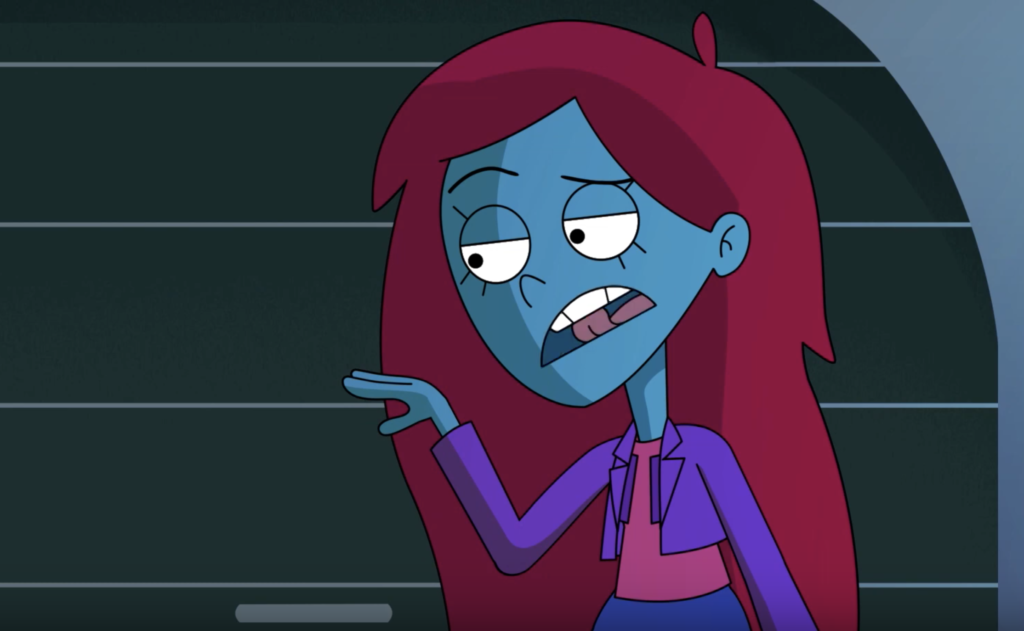
There is nothing cooler than getting to ask one of the animation industry’s most talented people, pretty much anything you want. It was an incredible experience to learn more about what makes Andrew Phillips tick, and to learn about his journey to bring his various creations to life. Intergalactic Ice-cream recently had its maiden run on Cartoon Network Africa, paving the way for future Cartoon Network Creative Lab hopefuls. If we are lucky, it might get a series order. What a time to be alive!
Junior Editor at Vamers. From Superman to Ironman; Bill Rizer to Sam Fisher and everything in-between, Edward loves it all. He is a Bachelor of Arts student and English Major specialising in Language and Literature. He is an avid writer and casual social networker with a flare for all things tech related.

